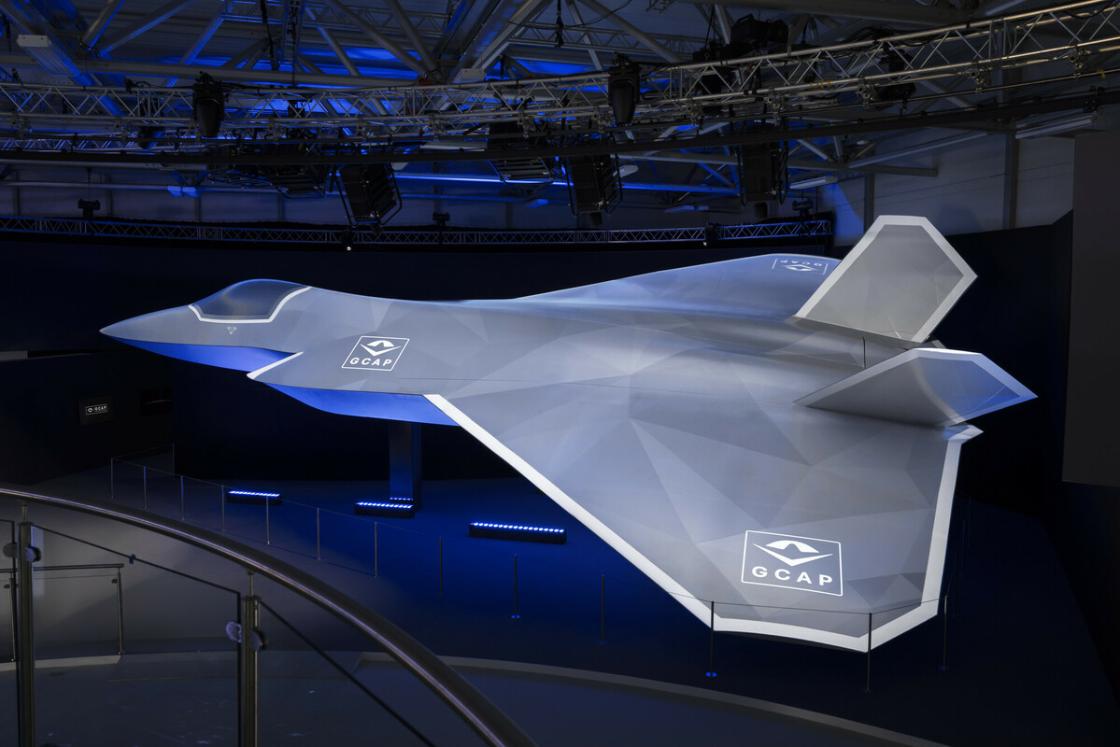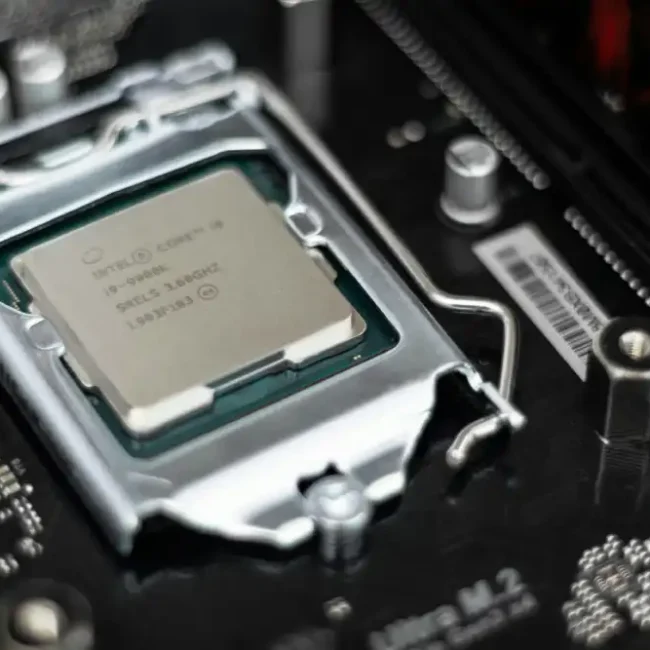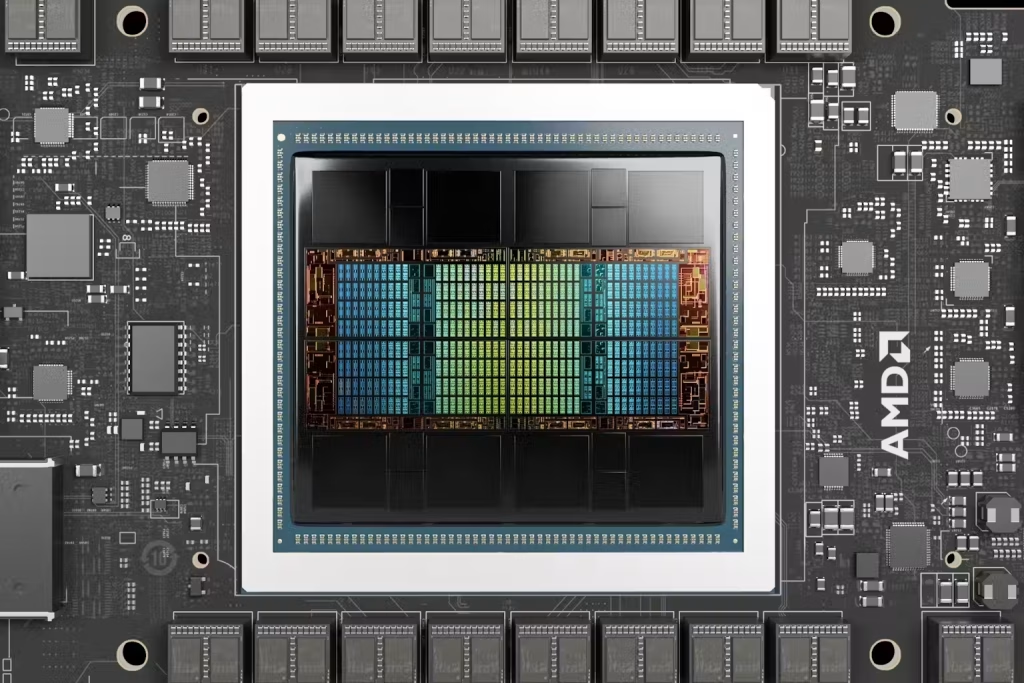September 9, 2025 — London
A major milestone in the Global Combat Air Programme (GCAP) was announced today at DSEI: a consortium called GCAP Electronics Evolution (G2E) has been formed to lead the design and development of critical sensor, communications, and electronic warfare systems for the future fighter jet. The consortium includes key industry players: Leonardo (Italy), Leonardo UK, ELT Group (Italy), and Mitsubishi Electric (Japan).
What’s Being Built
G2E will develop the Integrated Sensing and Non-Kinetic Effects & Integrated Communications System (ISANKE&ICS). This architecture fuses sensing, communications, and electronic warfare into a tightly integrated system—creating information dominance capabilities central to a sixth-generation combat aircraft.
These advancements support GCAP’s “system-of-systems” philosophy, aiming to replace legacy fleets like the Eurofighter Typhoon and Mitsubishi F-2 by 2035 with a fighter capable of modular upgrades and multi-domain interoperability well into the 21st century.
Strategic Significance
- Strengthened Industry Collaboration
The consortium highlights deeper trilateral integration across the UK, Italy, and Japan—solidifying shared governance, capabilities, and economic goals through GCAP. - Dual Focus on Sensors and Communications
Grounded in a unified electronics architecture, G2E’s mission is to drive both information superiority and communications resilience—values gold in contested, multi-threat air environments. - Timeline Alignment
GCAP expects to launch full design efforts this year, build a demonstrator by 2027, and ultimately field combat aircraft by 2035. G2E is thus entering at a critical point in the timeline, slotting directly into the system-of-systems backbone. - Competitive Positioning
GCAP stands as a non-U.S. alternative among global sixth-generation fighter programs—challenging Europe’s rival FCAS program, led by France, Germany, and Spain, and complementing or competing against the U.S. NGAD (F-47).
Why It Matters for Strategic & Industry Observers
| Focus Area | Insight |
|---|---|
| Tech Advantage | Integrated EW, sensor fusion, and comms will differentiate G2E systems in multi-domain operations. |
| Investors | Key primes (Leonardo, Mitsubishi, BAE) may gain new development revenue and IP returns. |
| Defense Planning | GCAP’s advancement reshapes geopolitical defense posture and offsets reliance on foreign fighters. |
| Industrial Ecosystems | G2E could nurture broader supply chains and sustain high-value engineering jobs across three nations. |
Bottom Line
The formation of the G2E consortium marks a foundational step in solidifying GCAP’s electronics backbone—and reflects evolving strategic cooperation among the UK, Italy, and Japan. As the fighter program transitions from concept to systemization, G2E will be central to delivering the sensor and communications intelligence capabilities that define future air superiority.





